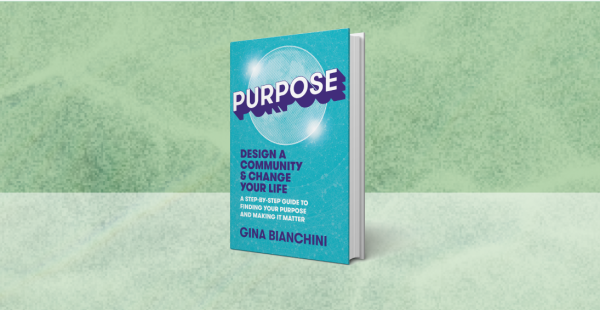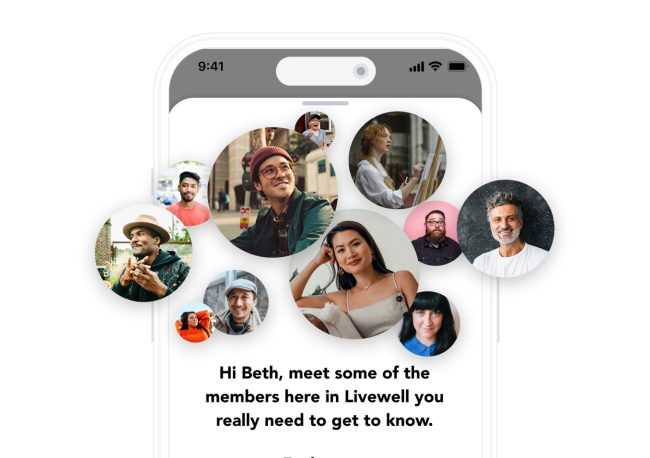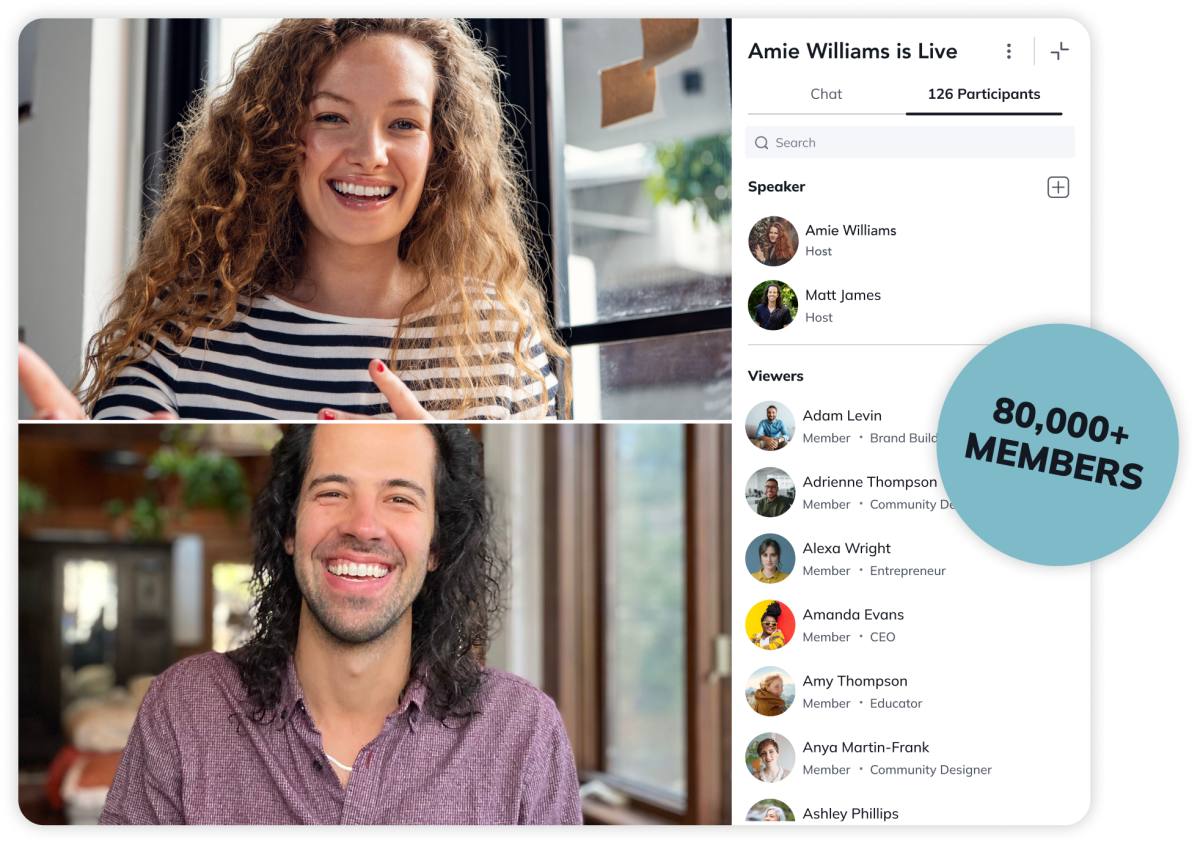Note: this op-ed was originally published in The Information
The emerging creator economy is exciting.
For the first time ever, more of us can turn our expertise, interests, curiosity or craft into an ongoing income stream funded by 1,000 or even 100 true fans.
There’s only one problem.
While it’s easy to start a newsletter, podcast or online course, it turns out that running a content business is hard. Really hard. In fact, content may be the single worst digital subscription model a solo entrepreneur can choose.
Even if you love writing, speaking, performing or teaching, to make content the cornerstone of your digital subscription empire in an age of extreme competition for attention is a recipe for pain and heartache.
When you stop writing, teaching or recording, people stop paying.
It’s exhausting.
The cracks in the creator economy are starting to appear
While [Ben Thompson](https://en.wikipedia.org/wiki/Ben_Thompson_(writer), the most successful media mogul of the genre, has made this model work with Stratechery, he’s also a special human being. Just ask Heather Cox Richardson, arguably the second most successful email newsletter writer in this new form. Her schedule is unsustainable, requiring her to burn the midnight oil to keep her audience engaged.
Despite the promise of success for more people, the creator economy is turning out to be more like the regular economy, where the rich get richer and everyone else struggles.
While creator mental health is being talked about openly and thoughtfully, there’s one glaring solution that’s so obvious it’s surprising that it’s not getting more attention.
A creator needs a community, and not just any old community, but one that takes advantage of the most important dynamic enabled by the internet: a network effect.
From content alone to something better
It’s not an exaggeration to say that the internet—and more broadly software—have produced the most valuable businesses in history.
It turns out one key dynamic has made this possible and is responsible for 70% of the business value generated by software.
It’s called a network effect. While there are different flavors, it basically means that the value of a network increases for every person in that network with each new member who joins and contributes.
A network effect is behind the magic of what happened when you found seven friends in 10 days on Facebook, how we got to 2.9 million Airbnb hosts in 100,000 cities over the past decade, and what’s behind the one-year-old audio social network Clubhouse’s roughly $1 billion valuation. The place where everyone seems to be is where everyone else wants to go.
If you have a choice between building a network effect or a content business, build a network effect.
Facebook, Instagram and YouTube have used their own network effects to build massive advertising businesses that rely on users on their platforms creating and consuming content. They keep the profits generated by their network effect while prompting us to produce content for free.
It’s not surprising, then, that the first wave of new creator platforms is doing more of the same: giving creators more ways to produce content. Yet the value to any one reader doesn’t increase as new people subscribe. There’s no option to build out a more durable and valuable network effect for the infinite number of topic niches now possible.
Come for the content, stay for the community network effect
In this context, when a creator has a choice between focusing on content alone or building a community too, they should absolutely choose a community as early as possible and work to develop a network effect.
In a community, members build relationships with each other, solve problems and master skills together. They come back as much for each other as they do for the next newsletter, video or course. They may initially come for what the creator produces, but they stay to talk, explore and build things with members who are near them, similar to them and who care about the same topics.
The hints of what’s possible for Richardson’s unique take on being an American are surfacing now in the comments section of her newsletter. Users pay her $5 a month, or $50 a year, for a subscription that permits them to post comments and join her community. The desire for people to connect more deeply in a space controlled by a creator they trust and away from the war for attention on Facebook points us to a more interesting future.
Just ask best-selling author and blogger Luvvie Ajayi Jones, Peter Diamandis of XPRIZE fame and Adriene Mishler of Yoga with Adriene, who have all found a bigger opportunity by bringing a community to their corner of the Internet. They’re selling digital subscriptions that include content, courses, events and community, all brought together in one place under their brand for their members to build relationships with each other on topics ranging from career planning to yoga and frontier technology. The result is a better product for their members and more reasons to come back.
As Shopify did for e-commerce, new options will emerge for bringing together the content, videos, courses, community and commerce needed to make a digital subscription more valuable to every member with each new person who joins.
With these new network effect models, the true value won’t be held back by Facebook or Google, but claimed by the brand or creator building a digital subscription on a proven, powerful model that’s less work for them and that creates a better product for everyone else.
When the niche is narrow enough, you need very few people to make this kind of community network effect work. “The Facebook” created a network effect within a single Harvard dorm. And none other than Peter Thiel regularly points out that the initial markets for a network effect often seem so small that they don’t appear to be business opportunities at all.
There is no reason—with narrower and narrower niches enabled by the internet—that a creator can’t take advantage of this same dynamic.
What we’re seeing now is only the beginning. The real potential of the creator economy is ahead of us. Creators will be not just empowered to publish content, but equipped to benefit from a community that looks more and more like the network-effect dynamic that has fueled Silicon Valley’s greatest successes









